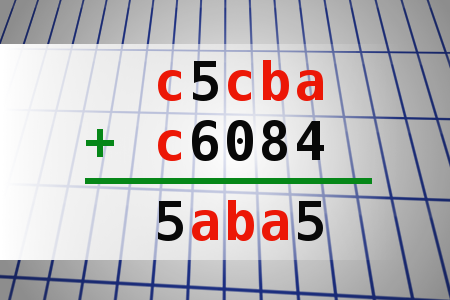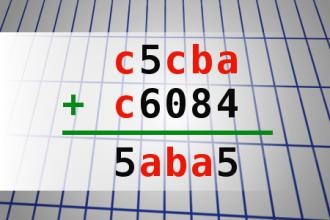Find number abc
If c5cba + c6084 = 5aba5 find number abc. Multiple solutions may exist.Correct answers: 11
#brainteasers #math

Mo Mandel: Hippie Parents
Grew up with those hippie parents. Mom was always smoking weed around the house. Its not cool. If youre a parent, dont smoke weed in front of your kids, because it ruins weed for your kids, and thats selfish. I see my Mom rolling joints -- very confusing. First time someone offered me a joint in high school, I was like, Im not going through menopause. Why would I want that? My temperatures fine, and Im very fertile.

